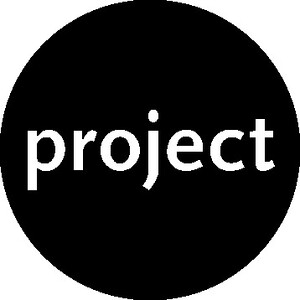Ryou-Un Maru
June 10–August 13, 2016
39 East Essex Street
Temple Bar
Dublin
Ireland
Hours: Monday–Saturday 11am–5pm
T +353 1 881 9613
box-office@projectartscentre.ie
The story of Ryou-Un Maru is the story of tides and currents. This Japanese fishing boat was swept out to sea during the devastating Tōhoku Tsunami that followed the 9.0 magnitude earthquake off the coast of Japan in 2011. In its wake, the vessel floated unmanned and unnoticed through various territories and international waters for 391 days, until it was detected and sunk in American waters off the coast of Alaska. Brian Duggan takes us to the heart of this story, anchored by the construction of a looming, metal-clad boat. First-hand accounts of the tsunami’s wrath are present in the installation: its impact, the sound, motion and fear, the huge loss, upheaval, disruption and disorientation. A further animation describes the weather patterns and ocean currents that transported Ryou-Un Maru on its undetected journey through international waters.
As Brian Duggan describes, “Ryou-Un Maru is an idea of what we’re not watching, what we’re not tracking. It is a way to look again and partially understand the unknown, this huge shrimp trawler managed to float upright and unnoticed for over a year—circling the pacific ocean in the kuroshio current, through shipping lines—who knows what it saw, what it witnessed along its journey.” The bulking sculptural form and the delicacy of the human tragedy recalled in survivors’ own words create a pivot that echoes the contradiction in scale between the earth’s powerful systems and humankind’s delicate attempt to control it. Almost 20,000 people died or went missing during the Tōhoku Tsunami, but it wasn’t the only catastrophe to hit Japan following the earthquake. The Fukushima Nuclear Power Plant went into meltdown, unable to supply the fresh water to cool the reactors, and released radioactive material into the atmosphere, environment and waters, with still immeasurable impact on local and global communities and ecologies. The poison seeped into the same ocean currents that bore Ryou-Un Maru on its journey. Although the radioactivity detected in Ireland in the weeks following Fukushima was nothing compared to levels encountered soon after Chernobyl, any kind of presence of something where it should not be—a ghost ship off the coast of Alaska, or trace levels of iodine-131 and elevated levels of caesium-134 and caesium-137 found in Irish milk in the weeks following the event—is a tangible indication of traceable systems.
Brian Duggan presents an installation which holds in its aura and representation the memory of disaster, the power of the earth’s shifting tectonic plates, the radioactive devastation unleashed in Fukushima and the chilling realisation that nation-states and national borders are of little consequence in the face of tides, wind and air currents of the earth’s interconnected climate system.
–Tessa Giblin, Curator of Visual Arts
Brian Duggan is an artist who lives and works in Dublin, and throughout 2016 will participate in the residency programme Art and Science at University College Dublin (UCD), in the School of Physics. He has received several awards from Culture Ireland and the Arts Council of Ireland including a bursary award in 2016. This new commission has evolved out of Project Arts Centre’s “Open Call: Reboot.” Duggan is represented by balzer projects, Basel.

